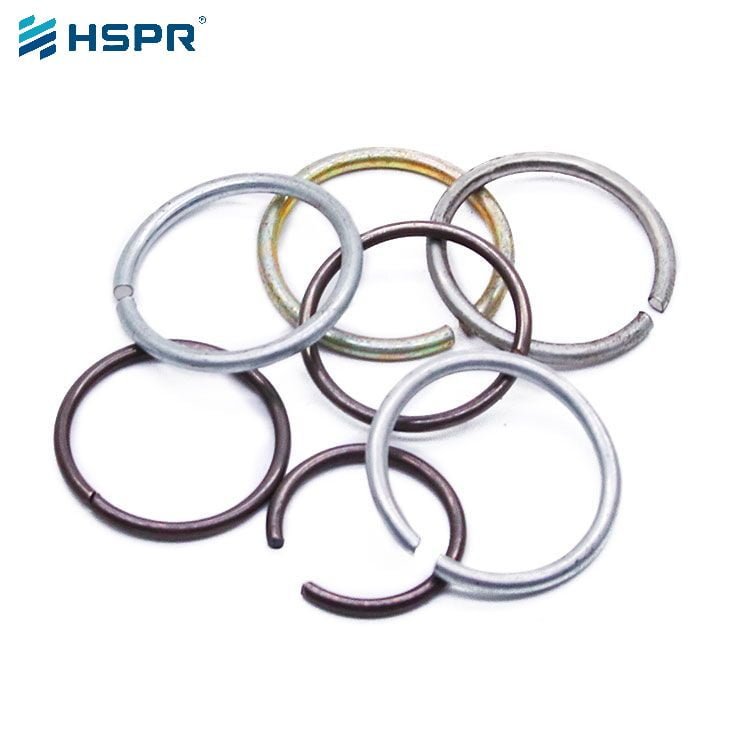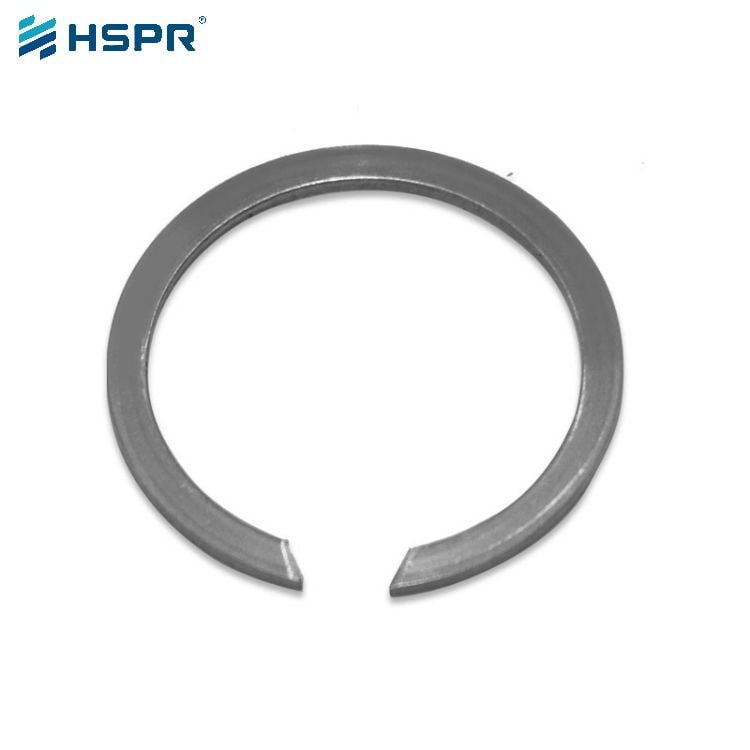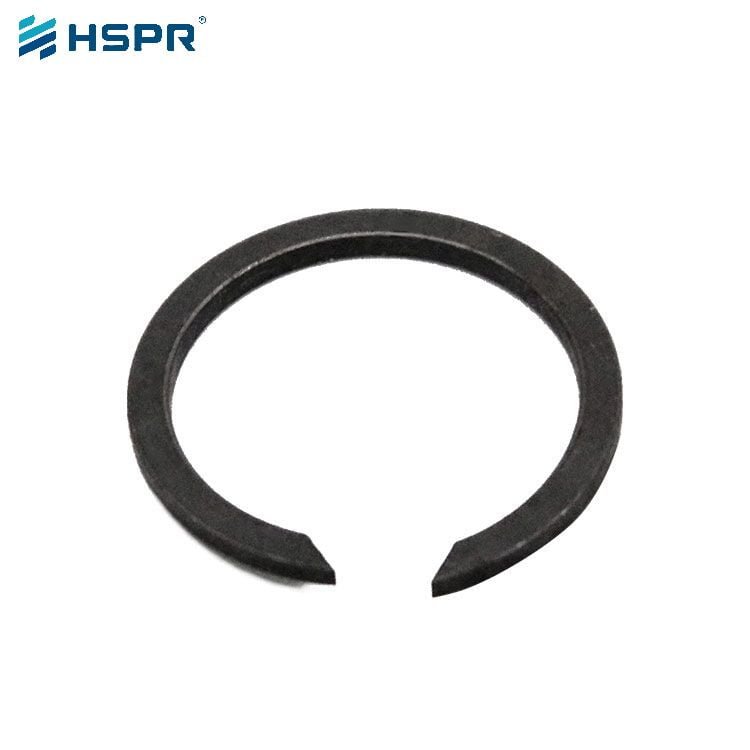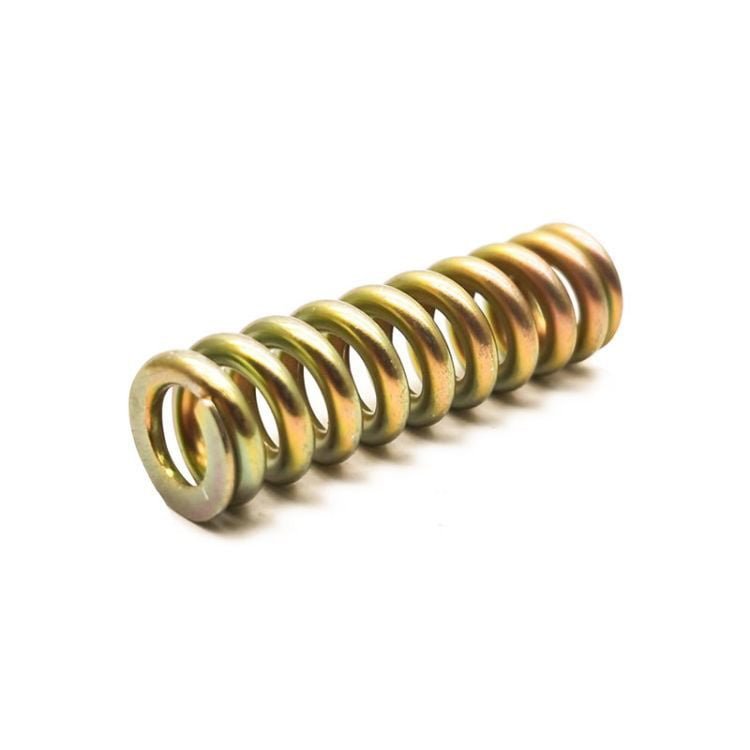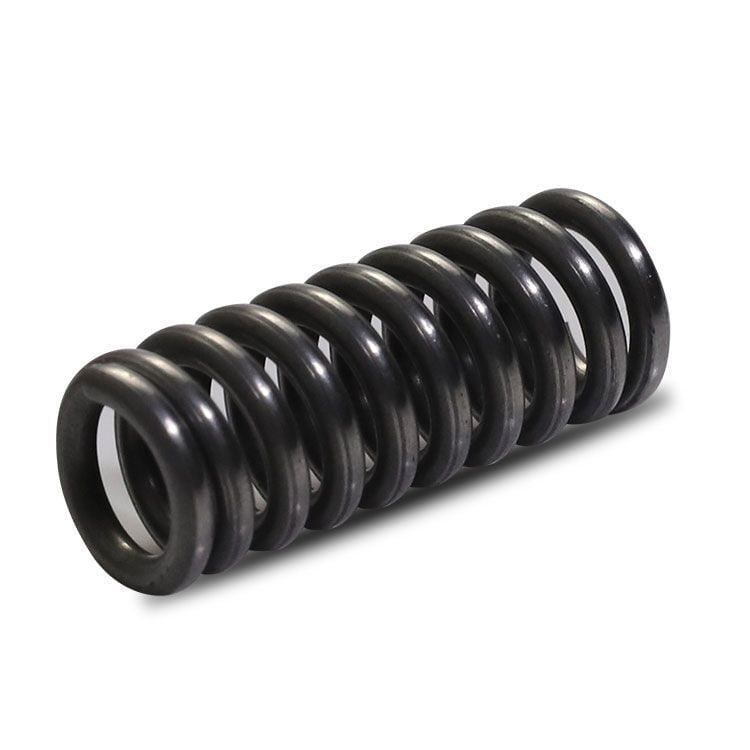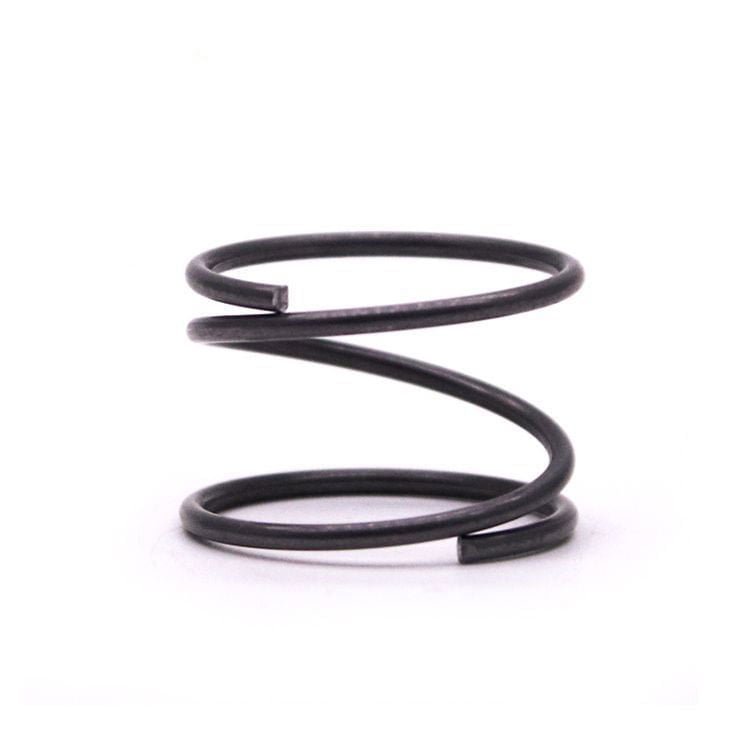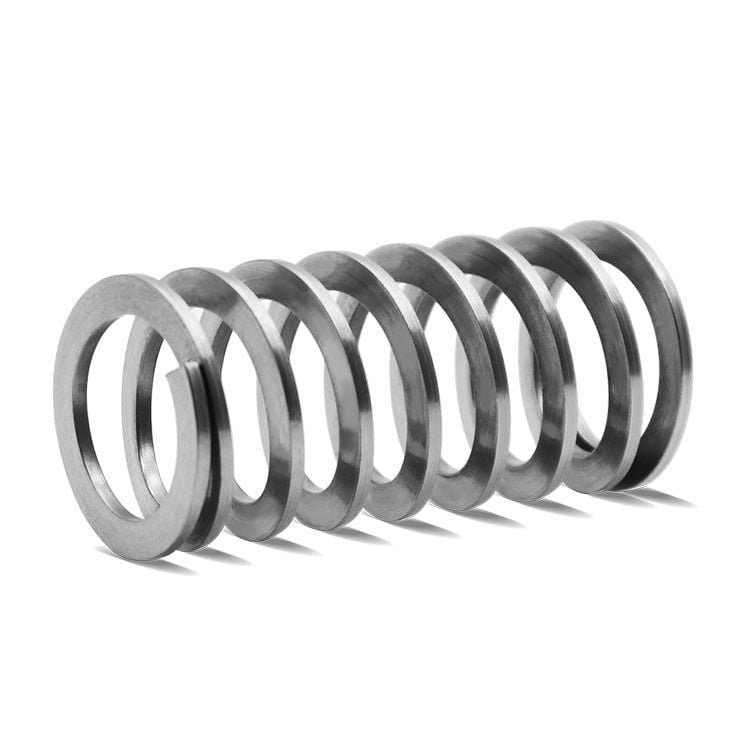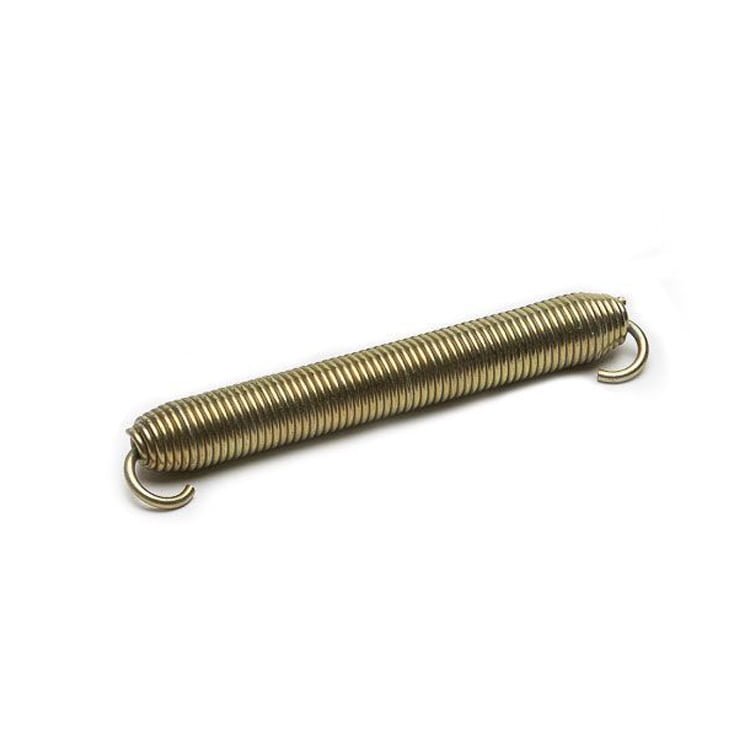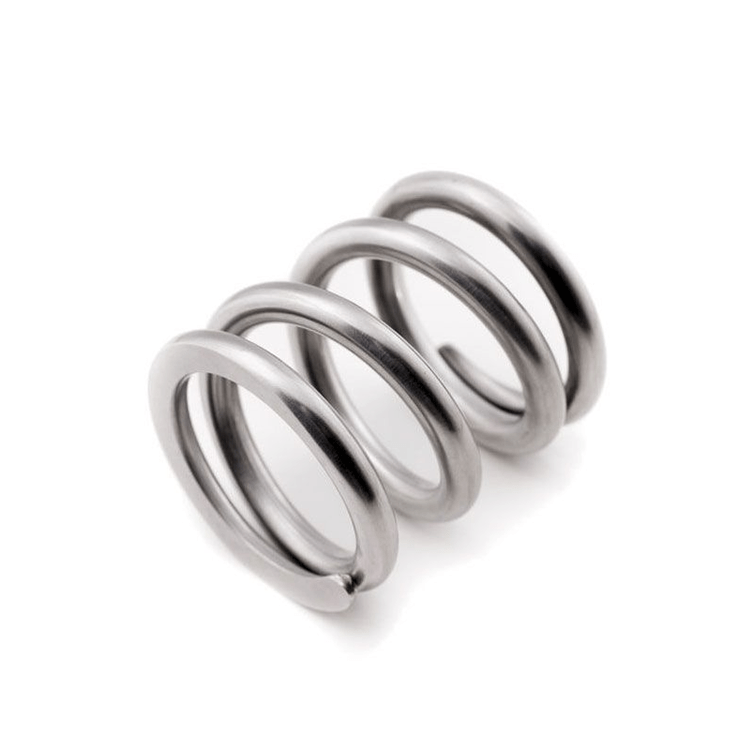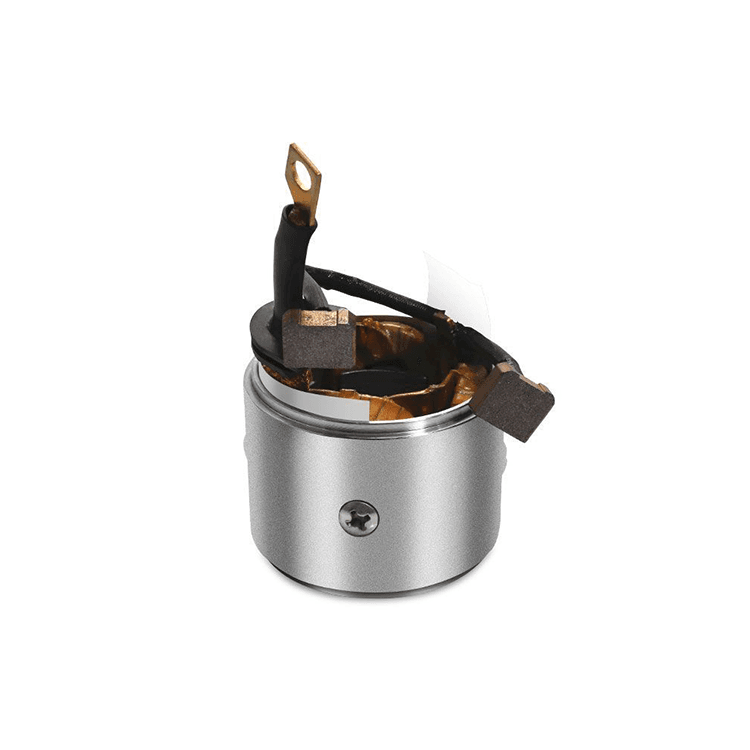Snap rings without holes
The snap rings without holes is a special type of circlip. Different from the common hole circlip, the snap rings without holes has no hole structure.
Definition and Structure:
- A snap rings without holes, as the name suggests, refers to a circlip that is not designed with reserved holes.
- It may be a complete annular structure used for connecting and fixing various components.
- In the field of stomatology, a snap rings without holes may refer to certain specific types of removable denture repair circlips. These circlips are directly clasped on the main abutment teeth and do not need to be fixed through holes.
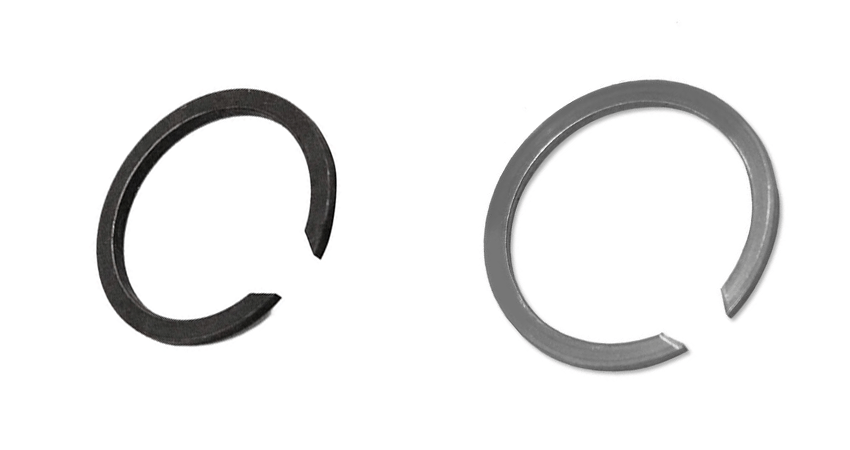
Features of snap rings without holes:
- The structure is relatively simple. The design without holes reduces potential stress concentration points and may have better overall strength and stability.
- In terms of installation and disassembly, specific tools or methods may be required, which is different from the hole circlips.
The snap rings without holes is usually used to connect two parts or fix a certain component. The snap rings without holes does not have obvious spring holes like the holed circlip, so some skills are needed when disassembling it.
snap rings without holes are often used in some mechanical systems with high requirements for structural integrity and stability. Compared with holed circlips, snap rings without holes can provide more reliable fixation effects in certain specific environments, but their manufacturing processes may be relatively complex and the costs may also increase.
The snap rings without holes is a type of C-shaped retaining ring with blunt or pointed ends. They are usually used in heavy-duty transmissions and transfer cases to fix gears and bearings on shafts. snap rings without holes are made of stamped steel plates or tempered steel rings. Other common names for snap rings without holes are wire locks, lock rings or blind spring circlips.
Disassembling and installing circlips with holes or hooks is a relatively easy task, but dealing with circlips without holes is another matter.
snap rings without holes are not common but the most difficult to disassemble. It is very difficult to remove them without the appropriate tools.
Disassembling the snap rings without holes requires certain operating skills. First, use fine pliers and straight pliers to grasp both sides of the circlip and slowly bend it inward to make the center part of the circlip protrude outward, exposing the parts or components it links. Next, use a flat-head screwdriver or curved-head screwdriver to pry open the circlip. At the same time, continue to bend it inward with the straight pliers to make the circlip completely loose. Finally, use the straight pliers or curved-head screwdriver to pull out the circlip.
There are obvious differences in design and application between snap rings without holes and hole circlips. These differences are mainly reflected in their structural characteristics, usage scenarios and functional effects.
Usage scenarios:
- snap rings without holes are widely used in various industrial occasions that require connection and fixation, especially in situations where reserving holes is not allowed or not necessary.
- In stomatology, it may be used for abutment teeth with good crown shape and no obvious inclination to provide stable retention, support and stabilization.
distinction:
| Main differences | snap rings without holes | Punched snap rings (snap rings for hole) |
| Definition and Structure | An annular structure without reserved holes, used for connecting and fixing various components. | It is specially designed as a fastener to be installed inside the round hole, and the outer diameter is slightly larger than the diameter of the round hole. |
| Usage scenarios | It is widely used in industrial connection and fixation, especially in cases where reserving holes is not allowed or not necessary; in stomatology, it is used for abutment teeth with good crown shape and no obvious inclination. | It is mainly used to limit the axial movement of components and parts, such as the fixation of components such as bearings and gears in mechanical equipment. |
| Functional effect | Provide stable connection and fixation, and be able to withstand certain loads and pressures | Ensure that the components do not move axially when subjected to external forces, and maintain the stability and reliability of the equipment |
